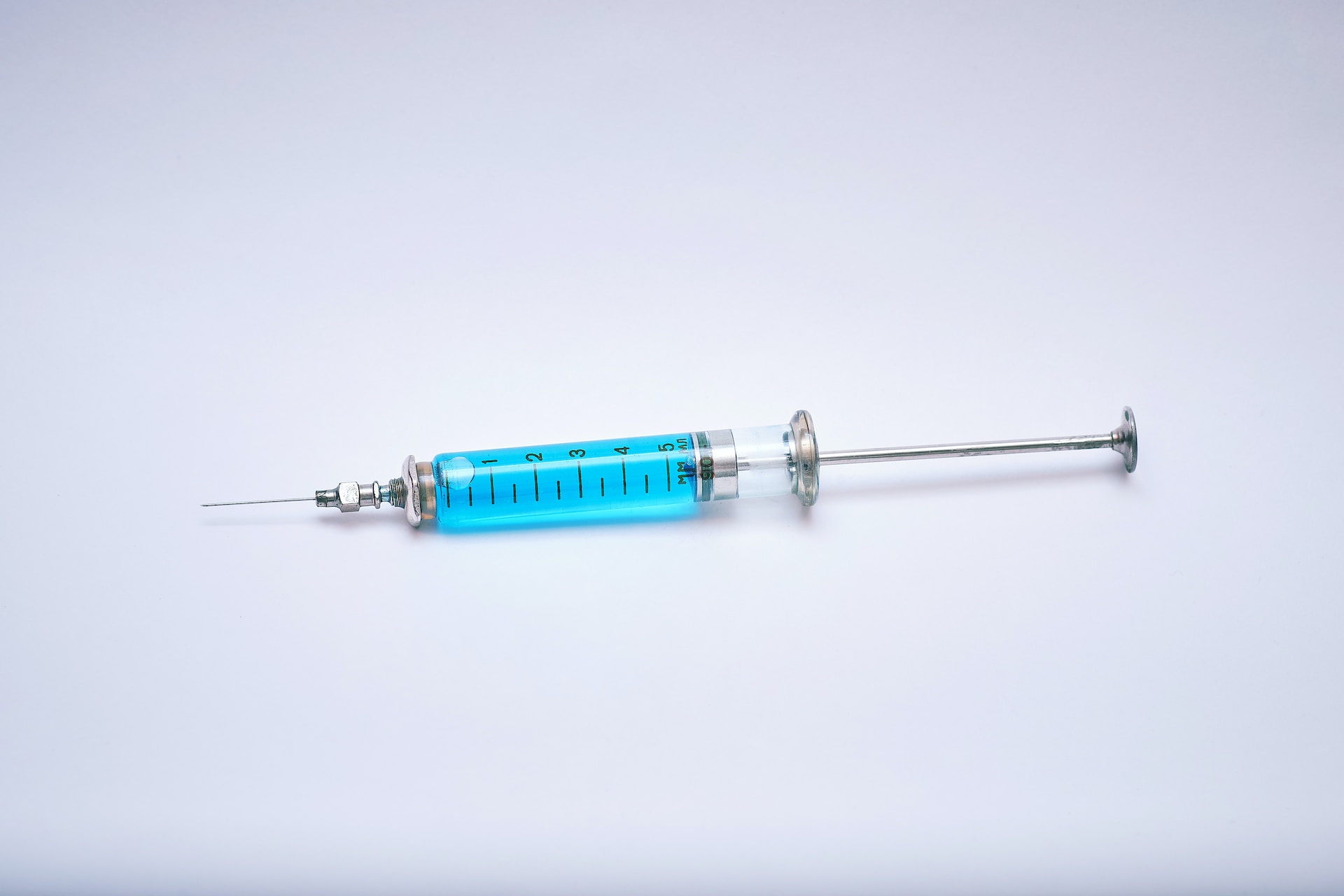
Exploring Alternatives to Hazardous Medical Waste Incineration
We are reader-supported. When you buy through links on our site, we may earn affiliate commission.
From used syringes to burst appendixes, the health care industry generates a lot of medical waste. Because some of this waste has the potential to spread disease, the traditional method for disposing of it used to be incineration, and some facilities still use this technique today. However, medical hazardous waste incineration has fallen out of favor due to the amount of air pollution it generates. Here’s why incineration is harmful, plus some alternatives to burning refuse that are better for air quality.
Hazardous Waste Incineration
The U.S. health care system generates over five billion pounds of waste annually. Of this amount, 15% is dangerous material that could be toxic, radioactive, or infectious. Types of medical waste include:
- Pathological waste: Organs, fluids, human tissues, and animal carcasses
- Pharmaceutical waste: Expired, contaminated, and unused medications and vaccines
- Sharps: Syringes, scalpels, and needles
- Chemical waste: Batteries, medical devices with heavy metals or sterilants inside, disinfectants, solvents, and reagents
- Cytotoxic waste: Any carcinogenic, mutagenic, or teratogenic substances, such as cancer drugs
- Radioactive waste: Radioactive diagnostic material or radiotherapeutic materials
- Infectious waste: Anything contaminated with bodily fluids, swabs and bandages from infected patients, and cultures of infectious diseases from laboratory work
- Non-hazardous waste: Any waste that doesn’t pose a threat, such as plastic wrappers and cardboard tubes
Burning waste is a surefire way to decontaminate it, but this process emits particulate matter. It generates dioxins and furans, highly toxic contaminants that cause serious harm when inhaled.
Incinerating anything containing heavy metals can spread toxins in the environment. Additionally, incineration releases carbon dioxide — which contributes to climate change — into the air. Solid waste incineration puts workers at risk and pollutes nearby communities.
Although it is still a common method for disposing of medical waste, many health care centers have started phasing it out. In 1996, the U.S. had around 4,500 medical incinerators. According to a 2023 map, there are just nine left today. What are the alternatives?
Autoclaving
Autoclaving has become one of the most common ways to render hazardous waste harmless. It involves sterilizing material with steam at a high temperature inside a sealed chamber. This high-pressure steam destroys microorganisms that could spread disease. As with all hazardous waste, technicians then remove the garbage from the chamber and dispose of it — bagged up — in a landfill.
Some hospitals have their own autoclaves, while others do not. Having an onsite autoclave allows hospitals to reduce their environmental impact by using less fuel for shipping waste.
Because autoclaving doesn’t involve setting the waste on fire, it produces significantly less greenhouse gas emissions than incineration. Many autoclaves also combine the steaming process with shredding and drying, reducing overall waste volume in landfills.
Microwaving
Another alternative to hazardous waste incineration is to microwave it instead, also called irradiation. The longer medical waste is subjected to microwave radiation — and the greater the microwave power — the more pathogens the process kills.
One study found that a 22-kilowatt microwave system operating for 480 seconds destroyed 99.9996% of pathogens in medical garbage. Microwaving is fast, efficient, and produces no greenhouse gas emissions.
Pyrolysis
Pyrolysis is a decomposition reaction that occurs when waste is heated. Like hazardous waste incineration, it is a thermochemical reaction. Unlike incineration, however, pyrolysis takes place in the absence of oxygen. The end result can be a solid, liquid, or gas.
Pyrolysis is environmentally friendly, efficient, and cost-effective. It leads to waste taking up less space in landfills and creates much less pollution than incineration.
Ozone Processing
One method for disinfecting medical waste is to feed it into a machine that shreds it into tiny pieces. Then, the machine sprays it with ozone, which inactivates viruses, bacteria, and fungi. Ozone treatment has several advantages that make it a great alternative to incineration:
- The process requires no heat, so it doesn’t use any natural gas.
- Because ozone processing doesn’t use steam for sanitation, no water is required.
- There is no contaminated run-off left behind that could seep into waterways.
- Ozone naturally sterilizes waste without creating emissions.
- Unlike autoclaving, the shredding process destroys syringes and other products that could pose a safety hazard.
- Shredding reduces the amount of space the waste takes up, making more room in landfills.
- The final product is completely disinfected.
Ozone treatment uses a hands-free, continuous-feed processor that minimizes — or completely eliminates — human contact with dangerous medical waste.
Deep Burial
Another alternative to hazardous waste incineration is to bury medical waste deep underground. Because this method is potentially risky, the burial site should be impermeable to water and not near any water sources, flood zones, or human dwellings. It may also be necessary to cover the site with a wire mesh to prevent animals from accessing it.
Chemical Disinfection
Chemical treatments are usually used to help dispose of liquid and chemical waste, especially chemical waste from a laboratory. The first step is to use disinfectants to sterilize the waste. Next, technicians neutralize the substance before flushing it into the sewer system. Because this technique can be dangerous, it requires highly skilled technicians to carry it out.
Inertization
This technique involves mixing waste with cement before disposing of it. Inertization prevents toxins from leaching out of the waste and entering groundwater or surface water. The waste-concrete mix starts out as a homogenous mixture and is then broken down into pellets or cubes. This technique is relatively affordable.
Do No Harm
Although incineration sterilizes hazardous waste effectively, it releases air pollution and carbon dioxide in the process. It’s ironic that part of the health care cycle could end up endangering healthy people. Doctors take the Hippocratic Oath swearing to do no harm, so medical waste incineration needs to be phased out in keeping with the oath’s principles.
Using alternative methods to sterilize medical waste will lead to better air quality, protecting waste workers and surrounding communities. It will also combat climate change. Thankfully, techniques like autoclaving, microwaving, ozone processing, and pyrolysis are becoming common in the health care field. Hopefully, governments will take steps to ban hazardous waste incineration in the future.
Share on
Like what you read? Join other Environment.co readers!
Get the latest updates on our planet by subscribing to the Environment.co newsletter!
About the author
Maria Visser
Maria serves as the Assistant Editor of Environment.co. A true foodie and activist at heart, she loves covering topics ranging from veganism to off grid living.





